1. The FedEx logo has an intentionally hidden white arrow between the letters “E” and “x” that was created by blending two different fonts together. It has won over 40 design awards and is renowned for the best use of negative space.

The FedEx logo is one of the most recognized logos in the world. But the bold lettering and bright colors of the logo are not what makes the logo great. It’s the hidden arrow between the letters “E” and “x” that adds a certain charisma to the logo and is the perfect use of negative space. The design is both simple and clear.
Lindon Leader designed the FedEx logo in 1994. This logo is a legend when it comes to designers. It has won around 40 design awards and had been termed as one of the best logos, out of the top eight, to be designed in the past 35 years.
When Lindon started working on the logo for FedEx, the CEO Fred Smith said two things, “You can make them pink and green for all I care; just give me a good reason why. My trucks are moving billboards. I better be able to see a FedEx truck loud and clear from five blocks away.”
Lindon started working keeping these two things in mind. While he was tweaking with the letters, he saw a small arrow appear between the letter E and x. He had to mix the best qualities of two different fonts, Univers and Futura Bold, to make the arrow look natural and unforced. When few final designs were showcased to FedEx, the CEO was the first to notice the hidden arrow in Lindon’s design and everyone loved it!(source)
2. VLC Media Player uses a traffic cone as its logo because the students who wrote the code for the VideoLAN project had a traffic cone collection.

We have all wondered at some point in our lives what the traffic cone in VLC Media Player stands for. Well, today you can put all your speculations to rest! The creator of VLC Media Player is the ViaRézo Association of the École Centrale’s Networking Students’ Association. Once, some students from the association came back drunk with a traffic cone. They then started a cone collection.
When the VideoLAN project began to develop the VLC Media Player, they decided to use the cone as their logo.(source)
3. The logo for Domino’s Pizza has three dots because there were only three original Domino’s stores in 1965. They planned to add a new dot for every new store, but the idea was dropped due to the fast growth of the franchise.
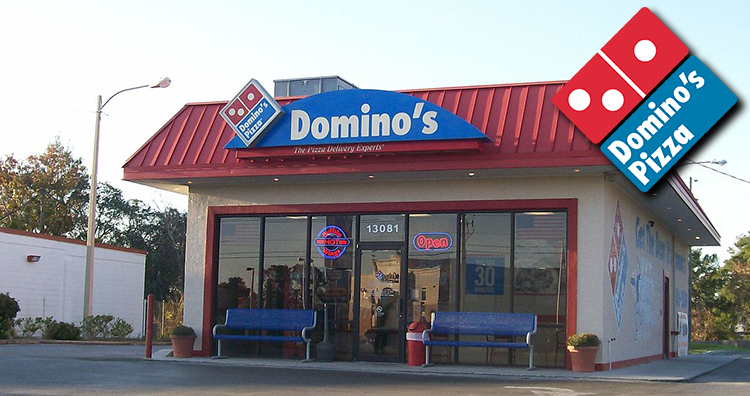
Domino’s was originally DomiNick’s, a small pizza store that was purchased by Tom Monaghan and his brother James. The brothers decided to split their time to run the business. But James was not willing to let go of his full-time job as a postman to run the pizza business. He quit and sold his half of the business to Tom.
By 1965, Tom purchased two additional pizza stores and expanded his business. He wanted all the three stores to share the same brand name. When the original owner of DomiNick’s forbade him from using that original name, Tom renamed the stores Domino’s after a suggestion from one of his employees.
Since the business was comprised of only three stores at that time, Tom decided to add three dots to the logo. He also planned to include one dot for every new store that he added to the brand. But the business expanded so fast that Tom had to drop the idea. If they had continued the idea, the logo would have had more than 13,000 dots by now!(source)
4. The Walt Disney logo is not based on Walt’s own signature. It is, in fact, based on an employee’s version of it who used to sign fan mail on Walt’s behalf. The stylized version got so famous that Walt Disney had problem signing his own autographs!
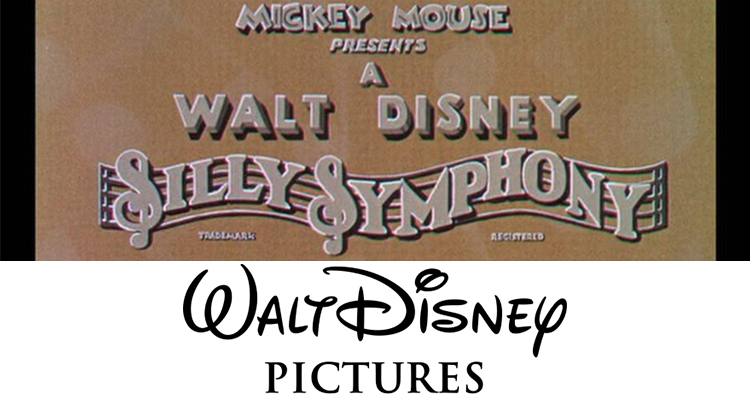
The Walt Disney logo is recognized by people all across the world and across all age groups. The original logo had just the words “Walt Disney Presents.” The image of the castle was added much later.
But that is not the intriguing part. Most of us believe that it’s Walt Disney’s signature that appears on the logo. But that is not the case. It is, in fact, a stylized version of Walt’s actual signature created by a group of artists.
When the company started to grow, Walt didn’t have much time to sign every piece of fan mail that he received. His secretary and some other employees were the ones who would take care of fan mails and sign them on Walt’s behalf. This led to a situation in the 1940s where there existed more fake versions of Walt’s signature than actual and original ones. The stylized version became so popular that it gave Walt Disney a hard time while signing autographs. Over the years, Walt tried to change his signature to match the stylized version, but you can still see the difference.(source)
5. The logo for Bluetooth, which was named after the Danish King Harald Bluetooth, is derived from the Danish letters that represent the king’s initials – H (ᚼ) and B (ᛒ).
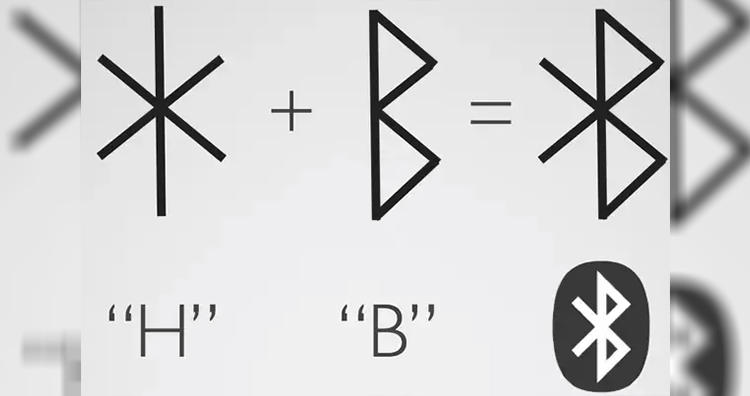
Ericsson named their revolutionary technology “Bluetooth” after Harald Bluetooth who ruled Denmark as their king between 958 and 986 CE. During his rule, he introduced Christianity to Denmark and Norway and contributed to the unification of various Danish tribes under one kingdom. This analogy was used while naming the wireless technology Bluetooth because, just like the king united people, the technology enabled the unification of various devices and made communication between them easier.
The logo is designed by using a bind rune. A bind rune is basically a combination of runes or letters that were used to write Germanic languages before Latin letters were adopted. In the logo, the two Younger Futhark runes, or more commonly called Scandinavian runes, that represent the king’s initials are merged – ᚼ (Hagall) and ᛒ (Bjarkan).(source)
6. The Ferrari prancing horse logo originally decorated the plane of Count Francesco Baracca, Italy’s top fighter ace of WWI. After Francesco was shot down, his mother said to Enzo Ferrari, “Ferrari, put my son’s prancing horse on your cars. It will bring you good luck.”
Racing fans have the Ferrari’s prancing horse logo etched into their minds. We all know that the famous logo has a black, prancing horse on top of a bright yellow background with the letters “S” and “F” inscribed on it that stands for Scuderia Ferrari. What some of us might not know is that the prancing horse was the symbol of the legendary Italian Air Force ace Count Francesco Baracca. He lost his life during World War I after accomplishing 34 victorious duels and many team victories. He had the prancing horse symbol painted on his fighter plane.
When Enzo Ferrari met with Francesco’s parents, his mother suggested that Enzo should use the prancing horse symbol on his cars and that it would bring good luck. It was only 12 years later that Enzo Ferrari would use the symbol on Scuderia cars at the race of SPA 24 Hours in 1932. Ferrari won the race. Since then, the prancing horse has been kept black as it was on Francesco’s plane. Ferrari only added the yellow background to symbolize the color of his birthplace, Modena.
Ferrari is not the only company to have used the prancing horse symbol as part of their logo. Fabio Taglioni used it on his Ducati motorbikes. But as Ferrari’s fame grew, Ducati dropped the prancing horse logo. Now it is entirely a trademark of Ferrari.(source)
7. The Apple logo has a bite taken out of it simply so that it would not be mistaken for a cherry.

There are many stories behind the Apple logo. One tale that was believed by many for a long time was that the Apple logo was designed to pay tribute to Alan Turing, the legendary man who laid the foundations for the modern computer and brought into life the concept of artificial intelligence. He was humiliated for his homosexuality and when he couldn’t take it anymore, he bit into an apple that was laced with cyanide. So, when the Apple logo was unveiled, people believed it represented the apple that Turing took a bite from to end his life.
But in 2009, during an interview with CreativeBits, Rob Janoff, the creator of the Apple logo, debunked all myths related to the logo. He mentioned that the reason for the bite on the apple was purely for scale purposes so that a small Apple logo would still look like an apple and not a cherry.(source)
8. The Baskin-Robbins logo has a “31” cleverly inscribed on the name that represents a flavor for every day of the month.
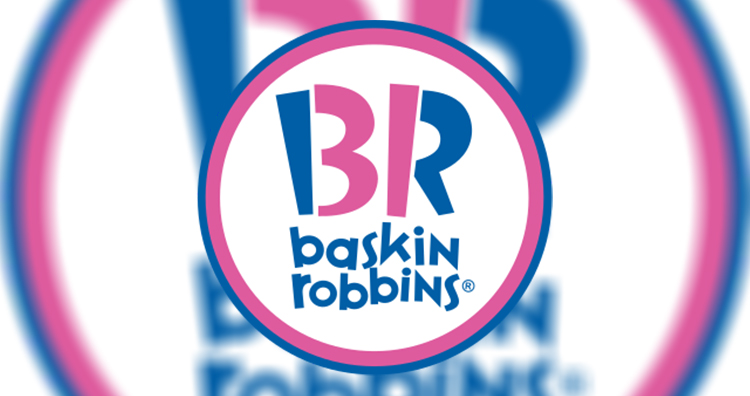
Baskin-Robbins is one of the most popular ice cream brands worldwide. The brand originated when two ice cream parlors, Burt’s Ice Cream Shop by Burt Baskin and Snowbird Ice Cream by Irv Robbins, were merged. Before the merger, Snowbird Ice Cream offered 21 flavors which was quite a unique offering at that time. When the merger happened in 1953, the idea of 21 flavors was extended to include 31 flavors, with the concept that people could enjoy a new flavor every day of the month. This idea was introduced by the Carson-Roberts advertising agency who was hired by the brand owners for promotional purposes.
The original logos distinctively and separately portrayed the number 31 on the logo. But it was when they changed their logo in 2007 to the current logo that we are familiar with, that a unique touch was added. The number 31 was not separately shown in the logo but was secretly inscribed between the initials of the brand name. That is really smart!(source)
9. As opposed to popular belief, McDonald’s golden “M” logo does not come from the name McDonald’s. It, in fact, comes from the golden architectural arches that were part of the first McDonald’s restaurant.
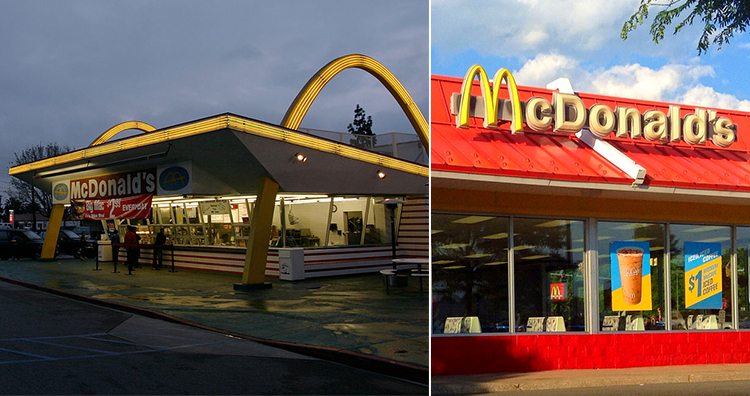
When brothers Richard and Maurice McDonald decided to upgrade to a new building to operate their hamburger restaurant, they hired Stanley Clark Meston to design the building. Richard made a sketch that comprised of two half-circle arches that he thought would be eye-catching for passersby. The architect then converted them into a pair of striking 25-foot-tall, neon-lit, golden, sheet metal parabolas.
When viewed from a certain angle, the two golden arches converge to form a stylized version of the letter “M.” When Ray Kroc acquired the business in 1961, the distinctive designs of the golden arches were incorporated into the corporate logo. Fred Turner was the president then, and he sketched out a rough attempt at the logo with a stylized “V.” Jim Schindler, the head of engineering, extended the “V” into an “M,” and it appeared like a McDonald’s store viewed from an angle. This gave birth to the icon that we know today.(source)
10. The Nike Swoosh logo, that represents the flight of the Greek goddess of victory, was designed for $35 by a design student. Later, the founder sent her a golden Swoosh diamond ring with an undisclosed amount of Nike stock as thanks.
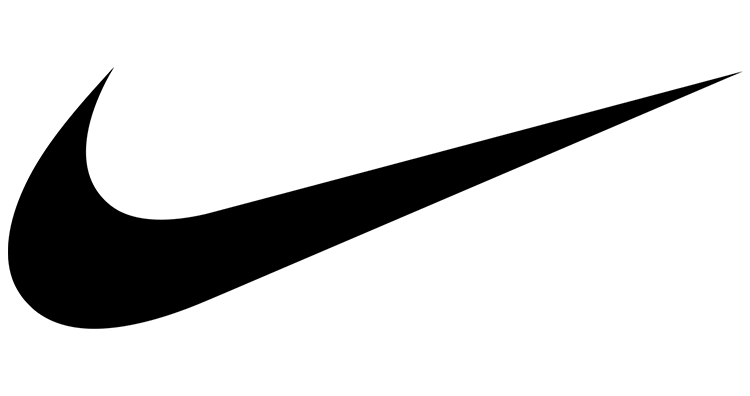
The Nike Swoosh logo has been described as “the living, vibrant symbol of the firm” by Harvard Business School professor, Stephen A. Greyser. The logo was designed by Carolyn Davidson when she was studying graphic design at Portland State University. Phil Knight, one of the Nike founders, was teaching an accounting class at the university at that time.
Phil heard that Carolyn was looking to make some extra money to get through oil painting classes. He offered her pay in return for some freelance work for his company. He agreed to pay her $2 per hour for her services.
Carolyn worked on multiple designs for the logo but ultimately the mark that we know as the Swoosh today was selected. Carolyn was paid $35 as she worked for 17.5 hours on the logo even though she now claims she spent more time than that!
In September 1983, Phil Knight gave Carolyn a golden Swoosh ring that had an embedded diamond. He even gave her some undisclosed Nike stock shares to express his gratitude.(source)










No comments:
Post a Comment